"Rome, 19th Century, View Of St. Peter's Square"
Rome, 19th centuryView of St. Peter's Square
black marble paperweight with micromosaic cm 14 x 10
Micromosaic as an artistic language defined in technical rules and in the field of invention was born in Rome in the last quarter of the 18th century century. The city is the seat of the Studio del mosaico vaticano instituted in 1727 and boasts excellence in mosaic art matured with the centuries-old business of decorating the Vatican Basilica, begun in 1578 and not yet completed. The cultural context favors the study of the ancient both in terms of rules of composition and in terms of figurative content. From the end of the 18th century, the Place d'Espagne and the adjacent streets, places of predilection for foreign travelers staying in the city, were filled with private studios where they produced and sold minute mosaics in spun enamel. The study of the Vatican mosaic, traditionally linked to the realization of works of sacred subject, since 1795 undertakes the production of secular subjects, executed with the new technique, to enter the flourishing market of the city. As for the iconography, it follows the taste of the dominant pictorial culture. In the first phase of production, he looks at an iconography inspired by the old. The discoveries of Herculaneum and Pompeii, especially the pictorial devices disseminated through the publication of the eight volumes of the Antiquities of Herculaneum exhibited, published between 1757 and 1792, offer models for the representation of a varied and fantastic repertoire. From the beginning of the 19th century on classical-mythological themes, the micromosaic rubbed shoulders with an iconography which followed on the one hand the view of Roman ruins and monuments and, on the other hand, a series of themes linked to the animal and floral world, to scenes of popular life, to the landscape. The themes on which the micromosaic insists coherently are, however, those which represent Rome with its countryside and, in particular, the Tiburtine landscape. The imperial city and the Christian city offer suggestive panoramas, as in the present case. The size of the Colosseum and the great rampart of S. Pietro square with the basilica that stands against the sky translate into dimensions so small that they fit into the caston of this paperweight. The realization of a minute mosaic began by filling the support with putty, then with a layer of plaster. On the chalk, the subject to be composed was drawn in charcoal. The execution then proceeded by removing, one after the other, small portions of chalk and inserting into the putty below the tesserae capable of reproducing the part of the cut-out drawing. The time of realization was related to the hardening which varied with the thickness and the dimension of the work to be carried out (months or years). Once the refining was completed, a very delicate wax finishing work was carried out to close the cracks and then begin the sanding with flint and the polishing with lead.


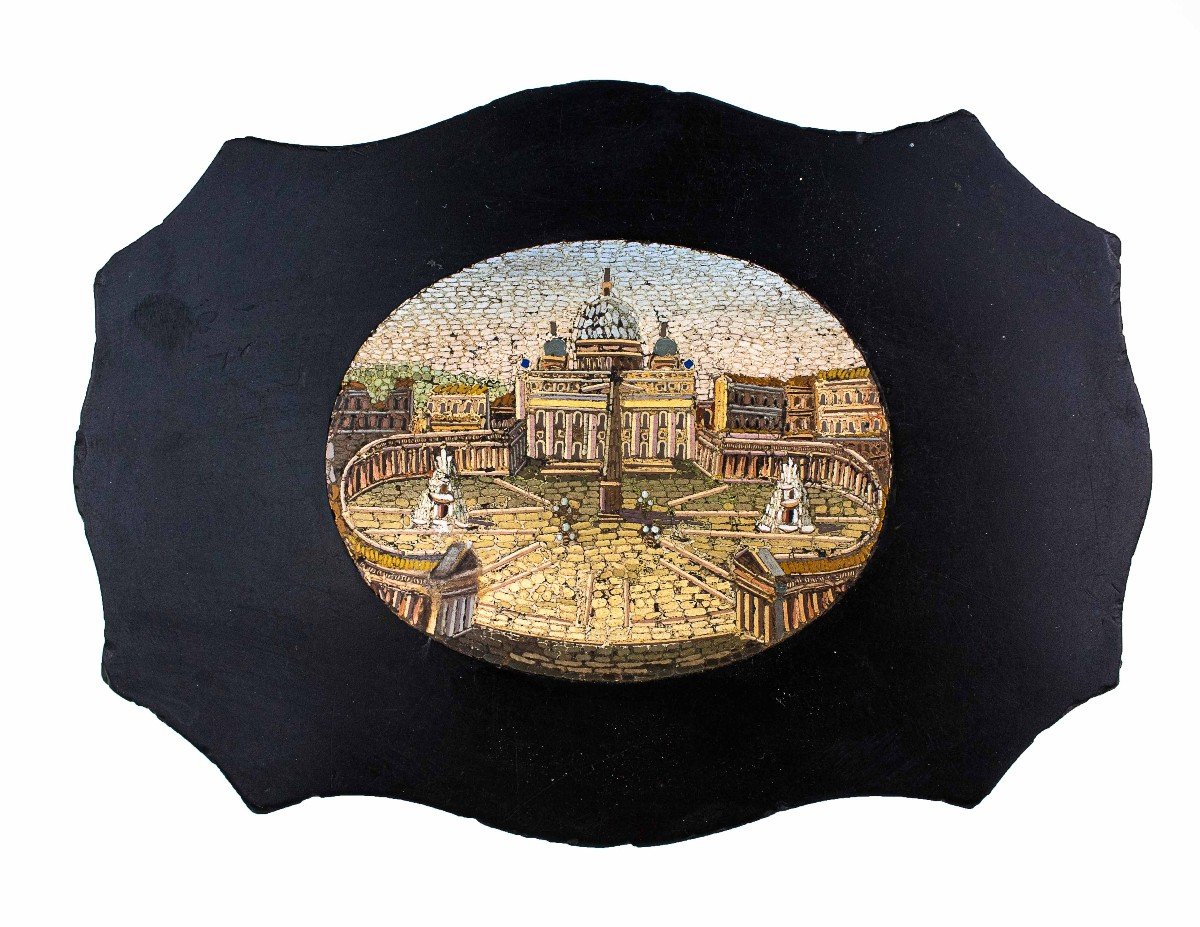
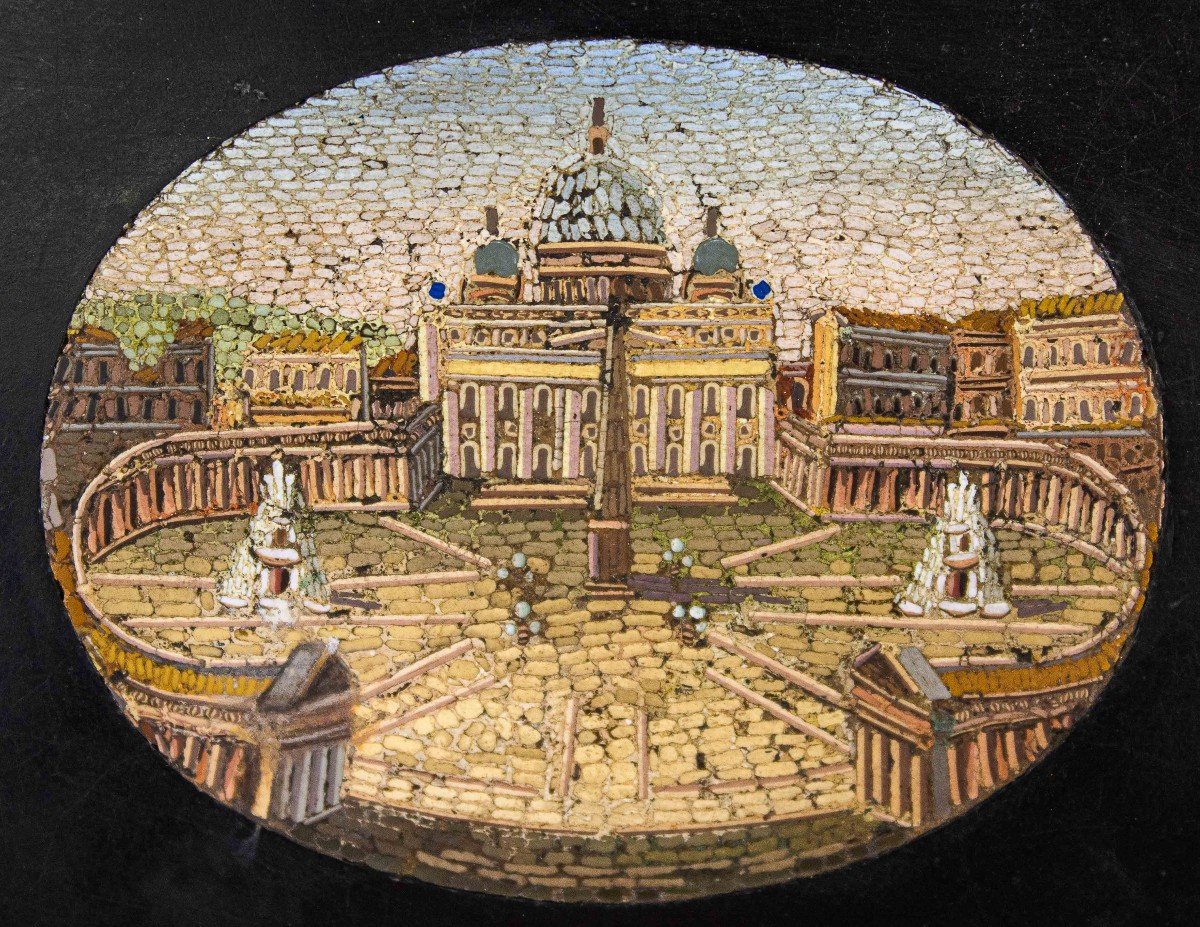
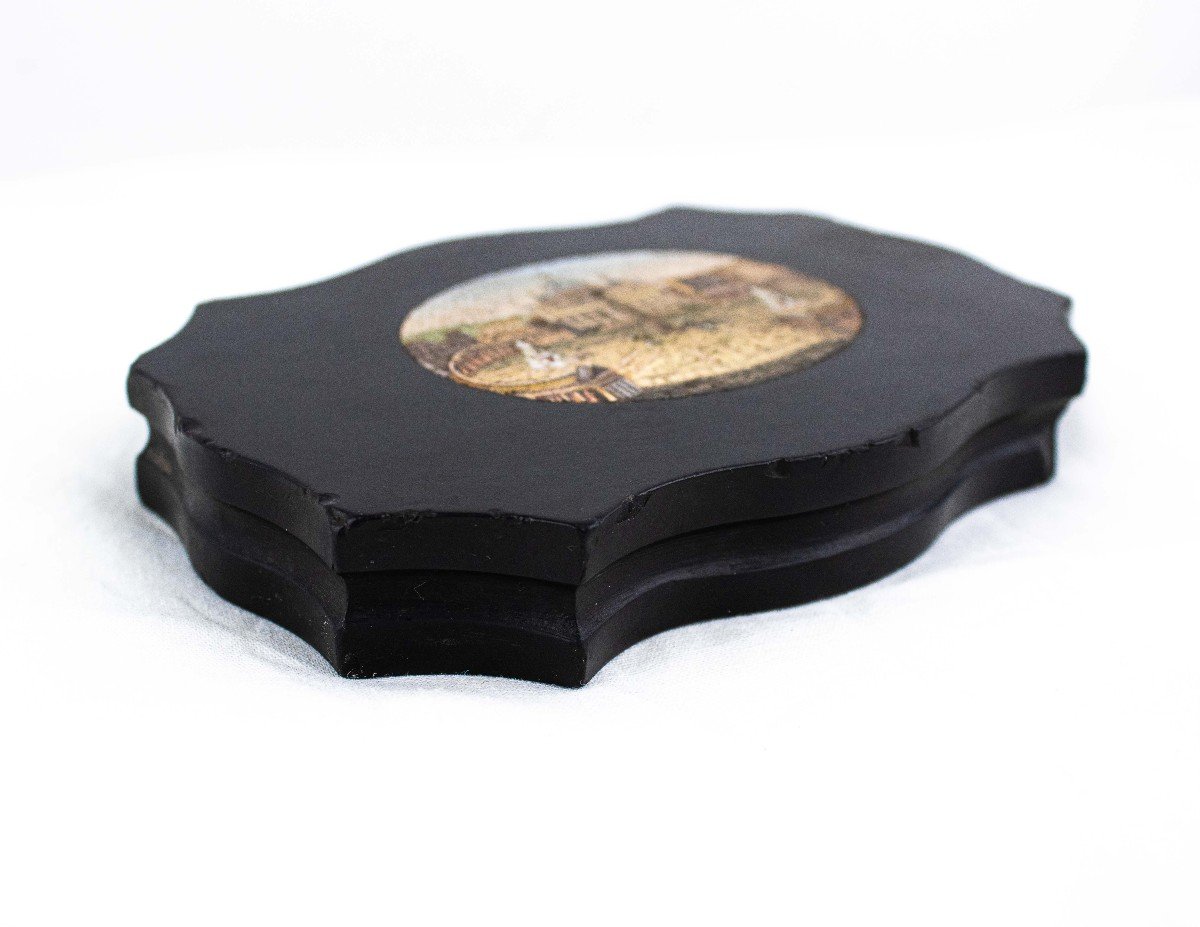






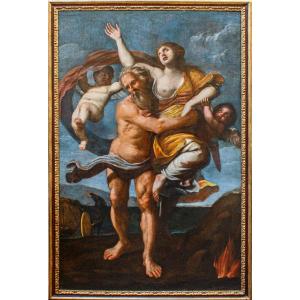













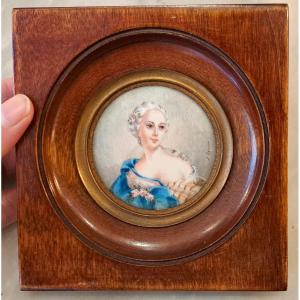








 Le Magazine
Le Magazine Rivista Artiquariato
Rivista Artiquariato TRÉSORS magazine
TRÉSORS magazine